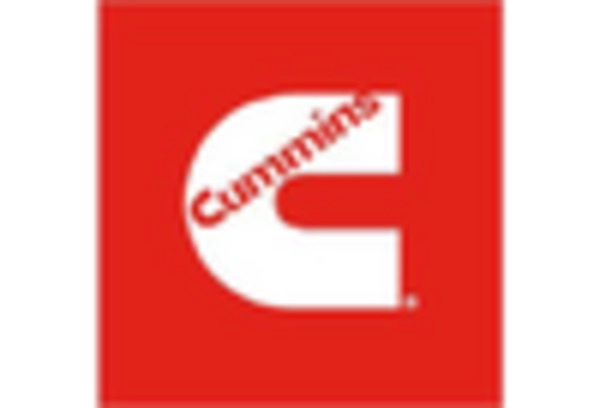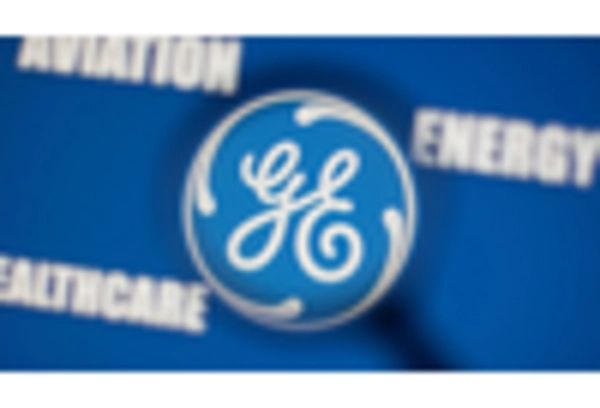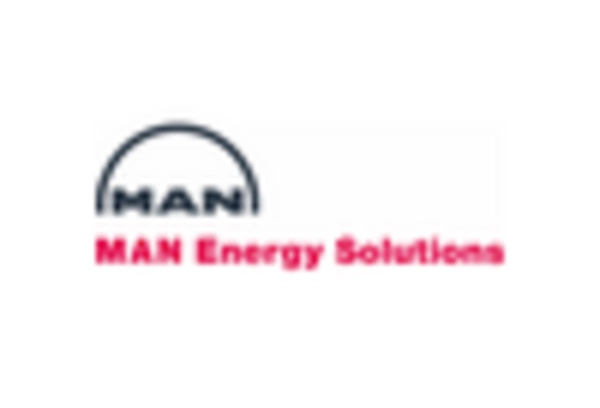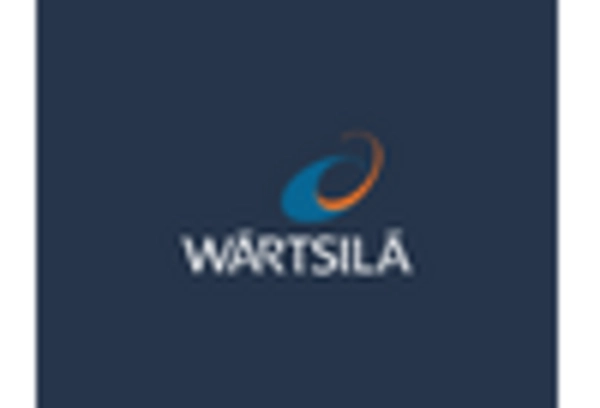China : Unmatched Growth and Demand Trends
Key markets include major cities like Shanghai, Beijing, and Shenzhen, where industrial activities are concentrated. The competitive landscape features prominent players such as Wärtsilä, Caterpillar, and MAN Energy Solutions, all vying for market share. Local dynamics are characterized by a robust manufacturing base and a growing emphasis on green technologies. The dual fuel engines find applications in marine, power generation, and transportation sectors, making them essential for China's energy transition.
India : Rapid Growth in Energy Demand
Key markets include Maharashtra, Gujarat, and Tamil Nadu, where industrial hubs are flourishing. The competitive landscape features major players like Cummins and GE Marine, which are establishing a strong foothold. The local business environment is becoming increasingly favorable, with supportive policies and investments in renewable energy. Dual fuel engines are particularly relevant in the transportation and power generation sectors, aligning with India's sustainability goals.
Japan : Innovation Driving Dual Fuel Adoption
Key markets include Tokyo and Osaka, where industrial activities are concentrated. The competitive landscape features major players like Mitsubishi Heavy Industries and Yanmar, which are leveraging advanced technologies to capture market share. The local business environment is characterized by a strong emphasis on quality and reliability. Dual fuel engines are increasingly used in marine applications and power generation, aligning with Japan's energy transition goals.
South Korea : Focus on Clean Energy Solutions
Key markets include Seoul and Busan, where industrial and maritime activities are concentrated. The competitive landscape features players like Rolls-Royce and Scania, which are actively expanding their presence. The local market dynamics are favorable, with increasing investments in infrastructure and technology. Dual fuel engines are particularly relevant in the shipping and power generation sectors, aligning with South Korea's sustainability objectives.
Malaysia : Emerging Demand for Dual Fuel Engines
Key markets include Kuala Lumpur and Penang, where industrial activities are concentrated. The competitive landscape features players like Cummins and Wärtsilä, which are establishing a strong presence. The local business environment is becoming increasingly favorable, with supportive policies and investments in renewable energy. Dual fuel engines are gaining traction in various sectors, including marine and industrial applications, aligning with Malaysia's sustainability goals.
Thailand : Focus on Sustainable Energy Solutions
Key markets include Bangkok and Chonburi, where industrial activities are concentrated. The competitive landscape features players like GE Marine and MAN Energy Solutions, which are expanding their market presence. The local business environment is becoming increasingly favorable, with supportive policies and investments in infrastructure. Dual fuel engines are particularly relevant in the transportation and power generation sectors, aligning with Thailand's energy transition goals.
Indonesia : Focus on Infrastructure Development
Key markets include Jakarta and Surabaya, where industrial activities are concentrated. The competitive landscape features players like Wärtsilä and Cummins, which are establishing a strong presence. The local business environment is becoming increasingly favorable, with supportive policies and investments in renewable energy. Dual fuel engines are gaining traction in various sectors, including marine and industrial applications, aligning with Indonesia's sustainability goals.
Rest of APAC : Diverse Applications Across Regions
Key markets include emerging economies in Southeast Asia and the Pacific Islands, where industrial activities are growing. The competitive landscape features a mix of local and international players, including Scania and Yanmar, which are exploring opportunities in these niche markets. The local business environment varies, with some regions experiencing rapid growth while others face challenges. Dual fuel engines are relevant in sectors like transportation and power generation, aligning with regional sustainability goals.


















Leave a Comment